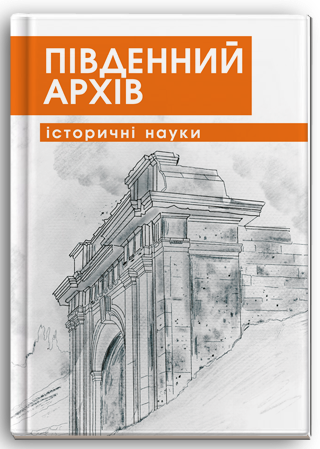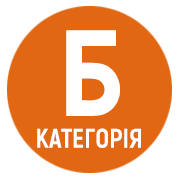DOCUMENTS ON THE HOLODOMOR OF 1932–1933 IN THE KHERSON REGION
DOI:
https://doi.org/10.32999/ksu2786-5118/2021-34-5Keywords:
Holodomor, Kherson region, local history, archive, source, document.Abstract
Purpose and methodology of the study. The article is devoted to the analysis of sources on the history of the Holodomor of 1932– 1933 in the Kherson region. The results of the study will help to expand knowledge about the famine of 1932–1933 and to conduct an effective search for new archival information about this event. The study is based on source methods of identifying, analyzing and evaluating sources. Methods of archival heuristics are used, with the help of which a circle of archives is established, where the necessary information could potentially be stored, based on information about fundraisers. Results and scientific novelty of the study. A significant array of official records was analyzed: orders, reports, information, correspondence, certifying the crime of the Soviet government against the Ukrainian people - the Holodomor genocide of 1932–1933 in the Kherson region. It was found that the collections of archival documents of Russian archivists, despite the purpose of preparing a source complex, the composition and content of which would deny the Holodomor as genocide of the Ukrainian people, nevertheless contain valuable information from the central archives of the former USSR, including materials about southern Ukraine. One of the significant shortcomings is the lack of documents that would reflect the reaction of the "fraternal" republics to the famine in Ukraine, as Kherson trade unions, in particular, sought food aid from the relevant authorities in Belarus and Russia. In Ukraine, in parallel with the processes of declassification of archives, collections of documents with high-quality archeographic design were also published. In fact, Ukrainian scholars have urged their Russian counterparts to address the issue of famine, as they have previously produced high-quality informational content for the study of the Holodomor in Ukraine, which cannot be ignored. Regional archives play an equally important role in forming the source base of the problem. Their materials have been repeatedly published, including in the large-scale project "National Book of Remembrance of the Holodomor Victims of 1932–1933 pp. in Ukraine” (2008). It seemed that such a number of identified, published, including in the form of Internet resources of documentary monuments, cartographic materials, sources on demographic statistics has already exhausted the subject, but declassification and transfer of documents from the SBU continues, and archives are replenished with new documents. In particular, those that raise the issue of Soviet repression for spreading information about the famine of 1932–1933 in later years. That is, the discovery of new documents and the setting of new research tasks to study the history of the Holodomor is a real prospect for the future.



